Last August NVIDIA announced its new Quadro RTX series at SIGGRAPH conference, we posted about the latest Quadro RTX release here at STH. We have not looked at NVIDIA’s Quadro RTX graphics cards, until today with the high-end NVIDIA Quadro RTX 8000. In this space, we find three graphics cards to compare, the Titan RTX, Quadro RTX 6000 and Quadro RTX 8000. These three graphics cards are based on the same Turing TU102 processing chip with all features enabled, however, the Quadro RTX family offers certifications for demanding professional applications. Memory is also different. The Quadro RTX 8000 offers ECC support, a required feature in some industries. Whereas memory capacity for the Titan RTX and Quadro 6000 both stands at 24GB, the Quadro RTX 8000 doubles that to 48GB. Putting this into perspective, even NVIDIA’s high-end data center chips, including the newest NVIDIA Tesla V100S only has 32GB. To many, the NVIDIA Quadro RTX 8000 is the absolute pinnacle of GPU technology today. In our review, we are going to see why.
NVIDIA Quadro RTX 8000 Overview
NVIDIA Quadro RTX 8000 is a dual-slot GPU with a length of 10.5” long. The outside case is very stylish with shinny chrome covering and bright green band across the middle. It is an impressive looking graphics card. Cooling configurations are different between the Titan RTX, which uses a dual-fan cooling system, and the Quadro RTX 8000 which uses a blower design. Generally, the dual-fan cooling solutions work well in single or dual GPU configurations, but moving to higher density server and workstation applications the blower-style is preferred.
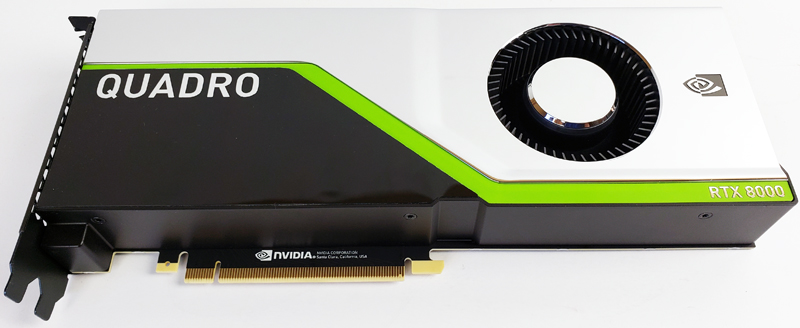
While the Titan RTX includes a backplate which we like, the Quadro RTX 8000 does not. If there is one aspect of the physical card we would have liked to have seen, that would be the inclusion of the backplate even on OEM cards.
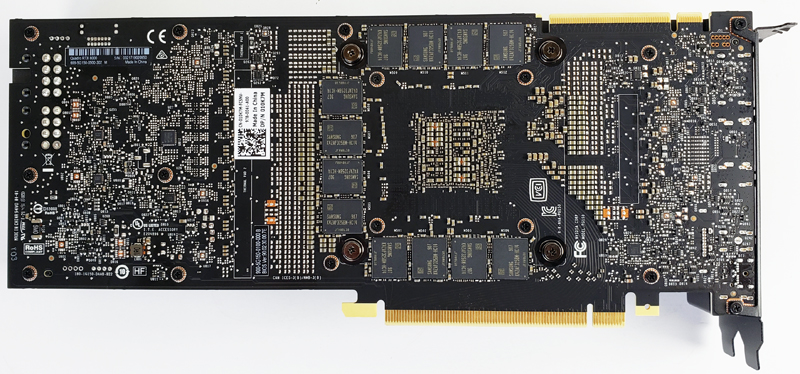
At the end of the Quadro RTX 8000, we find the video outputs which are 4x DisplayPort 1.4 and 1x VirtualLink port for VR head-mounted displays. Professional visualization is certainly in the purview of the Quadro RTX 8000, so having a multitude of display outputs is important.
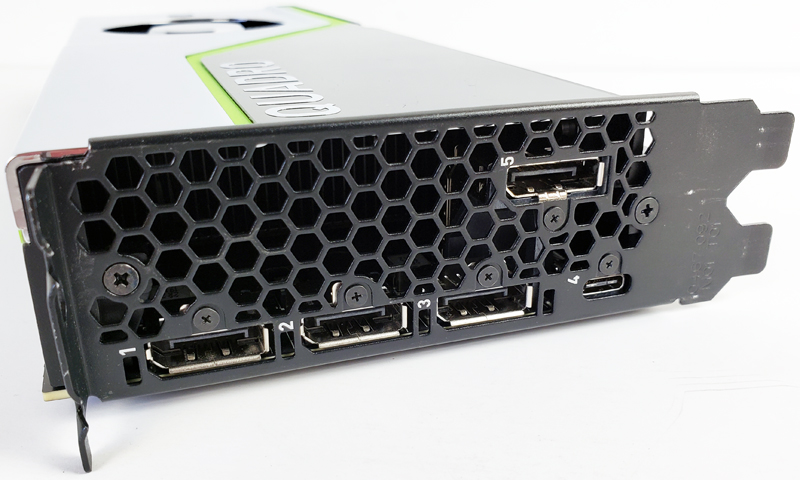
Power connections are located at the end of the Quadro RTX 8000. This is another major departure from consumer offerings. Having power at the edge of a blower cooler keeps cabling tidy for front to back airflow designs common in server and workstation chassis. Whether you have a high-end workstation desk-side or a virtual workstation that is located in a data center, the Quadro RTX 8000 power design is tailored to the use case. You can see 1x 6-Pin and 1x 8-Pin connections here.
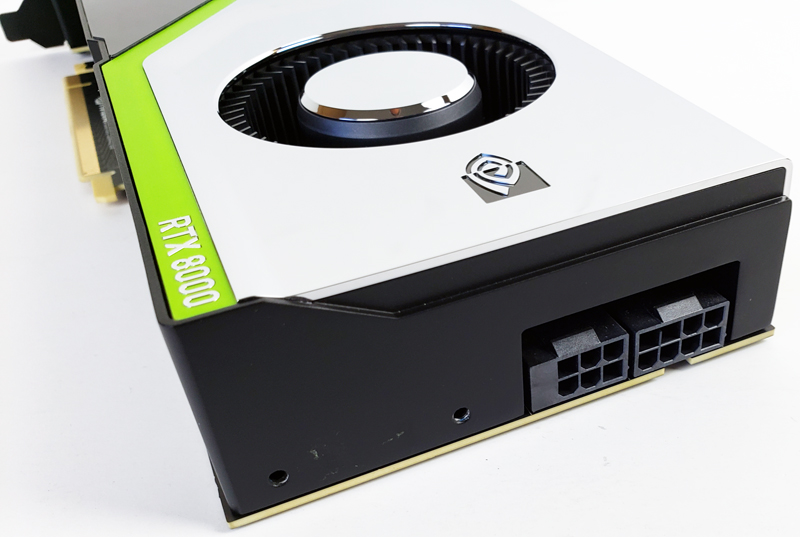
Also as a Quadro card, the RTX 8000 supports Quadro Sync II cards which allow for up to 32 cards across 8 GPUs to be synchronized for large video walls.
The list price for the card is currently around $5500 USD. At launch, these were being sold for closer to $9999 each.
Next, let us take a look at the Quadro RTX 8000 key specifications and continue on with our performance testing.

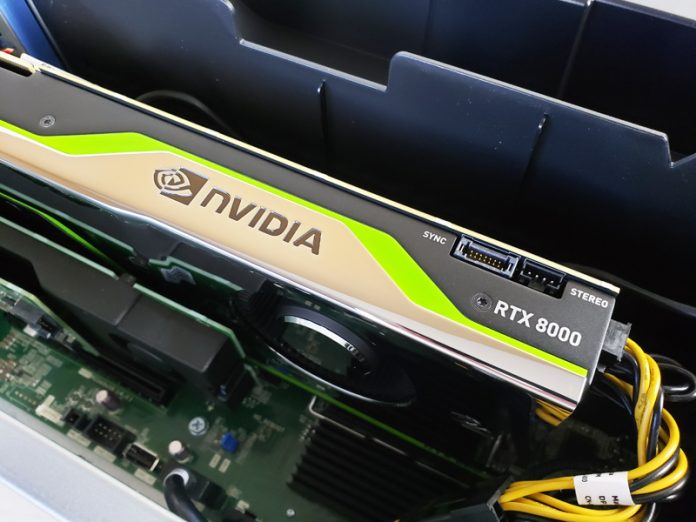

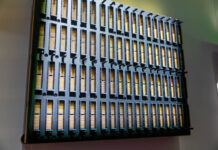

I disagree with the closing statement, the real competition to this card when you don’t need the memory capacity but do need additional performance is a dual RTX5000 setup and not a single RTX6000. Other than that great article and overview of the RTX8000
For deep learning, or (most?) any machine learning, ECC RAM is unnecessary. 48GB is great though. The more the better.
What’s with the ‘stereo’ connector? Does this thing have an audio output too?
@zeta it’s for audio passthrough to a VR headset, same reason it has the USB-C connector on the back
Something appears to have gone wrong with the Octane benchmark. There is typically a really small difference between the 2080ti and the RTX 8000. Are we sure those are the correct results? :)
@Nejc The scene probably needs to address some out-of-core memory on 11GB VRAM cards which is not needed on RTX Titan & RTX 6000/8000
will this run fortnite?
Quadros would blow the doors off all these cards if they weren’t built for wait for it…. REDUNDANCY. Meaning ECC capabilities. Stop comparing Professional grade cards with basic consumer-grade cards. If you cannot comprehend what redundancy is or why it is needed on a Professional basis then you morons just need to learn to shut up. Quadros are not “gaming” cards. Idiots.